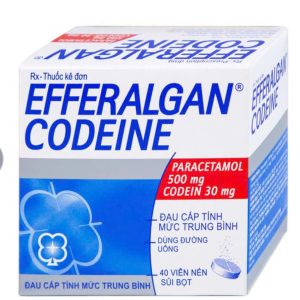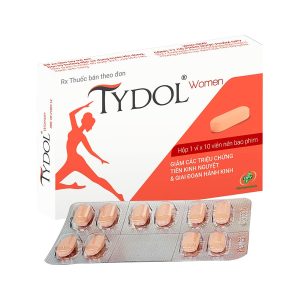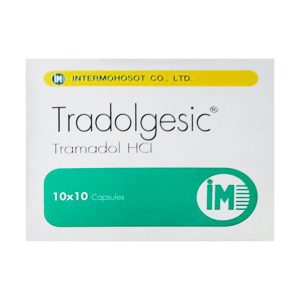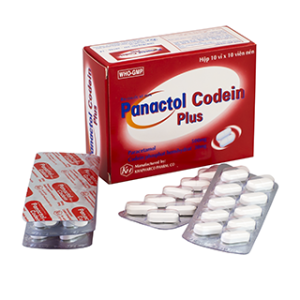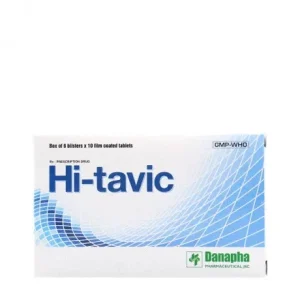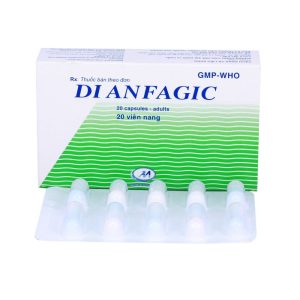We deliver to you every day from 7:00 to 23:00
The best discounts this week
Every week you can find the best discounts here.
What’s the Best Pain Relief for Muscle Spasms?
Muscle spasms can be painful and frustrating, often occurring suddenly and without warning. Whether you’re experiencing a muscle cramp from exercise or a muscle spasm from overexertion, finding effective relief is crucial. In this article, we’ll explore the best pain relief options for muscle spasms, providing you with detailed solutions that you can trust.
Understanding Muscle Spasms
Muscle spasms are involuntary contractions of one or more muscles. They can occur anywhere in the body but are most common in the legs, back, and neck. Dehydration, muscle fatigue, poor circulation, and even stress can trigger muscle spasms.
Symptoms of Muscle Spasms
-
Sudden tightness in the muscle
-
Severe pain or discomfort
-
Inability to move the affected muscle
-
Muscle stiffness or tension
Understanding these symptoms is key to distinguishing between a mild cramp and a more severe muscle spasm.
Common Causes of Muscle Spasms
There are several causes for muscle spasms, and understanding these can help prevent them in the future. Some of the most common include:
-
Dehydration: Lack of water in the body can cause muscle cramps, especially after physical activity.
-
Electrolyte Imbalance: Low levels of potassium, calcium, or magnesium can contribute to muscle spasms.
-
Overexertion: Intense exercise or physical labor can cause muscles to spasm.
-
Poor posture: Incorrect body posture over time can strain muscles and lead to spasms.
Prevention starts with recognizing these causes and managing them properly.
Best Pain Relief for Muscle Spasms
There are several methods to alleviate the pain caused by muscle spasms. Let’s explore both at-home remedies and professional treatments.
1. Stretching and Massage
One of the first steps in relieving muscle spasms is to gently stretch the affected area. Gentle stretching can help relax the muscle and prevent further spasms. Combine stretching with a light massage to increase blood flow to the muscle and reduce tension.
Tip: Try this easy stretch for leg spasms:
-
Standing calf stretch: Stand facing a wall, place your hands on the wall for balance, and step one foot back. Keep your back leg straight and your heel on the floor. Hold for 30 seconds and repeat.
Massage tools like foam rollers or handheld massagers can also help ease tight muscles. These tools help break down muscle knots and promote muscle recovery.

2. Hot and Cold Compresses
Both heat and cold treatments can provide relief, but they work in different ways. Applying a cold compress to a muscle spasm can reduce inflammation and numb the area. This is most effective for spasms caused by injury or overuse.
On the other hand, heat therapy increases blood flow to the area and can help relax the muscle. A warm bath, heating pad, or warm towel can provide relief when used for 15-20 minutes.
When to Use Each:
-
Cold: Immediately after a spasm or injury to reduce swelling.
-
Heat: After the initial pain subsides to improve muscle relaxation.
3. Over-the-Counter Pain Relievers
Nonsteroidal anti-inflammatory drugs (NSAIDs) like ibuprofen or aspirin are commonly used for muscle spasm pain. These medications help reduce inflammation and alleviate pain, making it easier to relax the affected muscle.
Always follow the recommended dosage to avoid any side effects, and consult a healthcare professional if you have any underlying health conditions.
4. Hydration and Electrolyte Balance
Ensuring that your body is well-hydrated is one of the most effective ways to prevent and treat muscle spasms. Dehydration can cause muscle cramps, so drinking plenty of water is essential. Additionally, electrolytes like potassium, calcium, and magnesium help regulate muscle function and reduce spasms.
5. Prescription Muscle Relaxants
If over-the-counter remedies don’t work, prescription muscle relaxants might be recommended by a doctor. These medications are designed to reduce muscle tension and spasms. While effective, they should only be used under the guidance of a healthcare provider due to potential side effects.
6. Physical Therapy
For chronic or recurring spasms, physical therapy can be an excellent treatment option. A physical therapist can teach you exercises to improve muscle flexibility, strength, and posture, preventing future spasms. They may also use techniques like ultrasound therapy or electrical stimulation to relieve pain and enhance recovery.
7. Lifestyle Changes and Preventative Measures
While treatments for muscle spasms are important, prevention plays a vital role in minimizing their occurrence. Here are some lifestyle changes you can implement:
-
Exercise regularly to keep your muscles flexible and strong.
-
Stretch before and after exercise to reduce muscle tension.
-
Maintain a healthy diet rich in potassium, calcium, and magnesium to support muscle function.
-
Stay hydrated throughout the day, especially during physical activity.

When to Seek Medical Help
While most muscle spasms can be treated at home, there are certain situations where professional medical help is necessary:
-
If the spasm lasts for more than a few minutes.
-
If the spasm is accompanied by swelling, redness, or warmth.
-
If you experience spasms frequently or they worsen over time.
-
If the muscle spasm follows a severe injury.
A healthcare professional will conduct a thorough evaluation and recommend the most appropriate treatment for your condition.
Frequently Asked Questions (FAQs)
1. How can I prevent muscle spasms from happening?
-
Stay hydrated and maintain a healthy diet.
-
Stretch before and after exercise.
-
Regularly exercise to strengthen muscles and improve flexibility.
2. Are there any foods that help with muscle spasms?
Yes, foods rich in potassium, magnesium, and calcium, such as bananas, leafy greens, and dairy products, can help prevent muscle spasms.
3. Can dehydration cause muscle spasms?
Yes, dehydration is a common cause of muscle cramps and spasms. Drinking plenty of water and replenishing electrolytes can prevent dehydration-related spasms.
4. When should I see a doctor for muscle spasms?
If your spasms are severe, frequent, or accompanied by other symptoms like swelling or redness, it’s important to consult a healthcare professional.
5. Is heat or cold better for muscle spasms?
Cold therapy is best immediately after a muscle spasm, while heat therapy is more effective after the initial pain subsides to promote relaxation.
Conclusion
Muscle spasms are common but can be effectively managed with the right treatment. From stretching and hydration to over-the-counter remedies and prescription medications, several pain relief options can help alleviate discomfort. By incorporating preventive measures like regular exercise and proper hydration, you can reduce the likelihood of experiencing future spasms.
Remember, if the pain persists or worsens, it’s always best to consult with a healthcare provider. Muscle spasms don’t have to control your life—with the right approach, you can get back to feeling your best.

